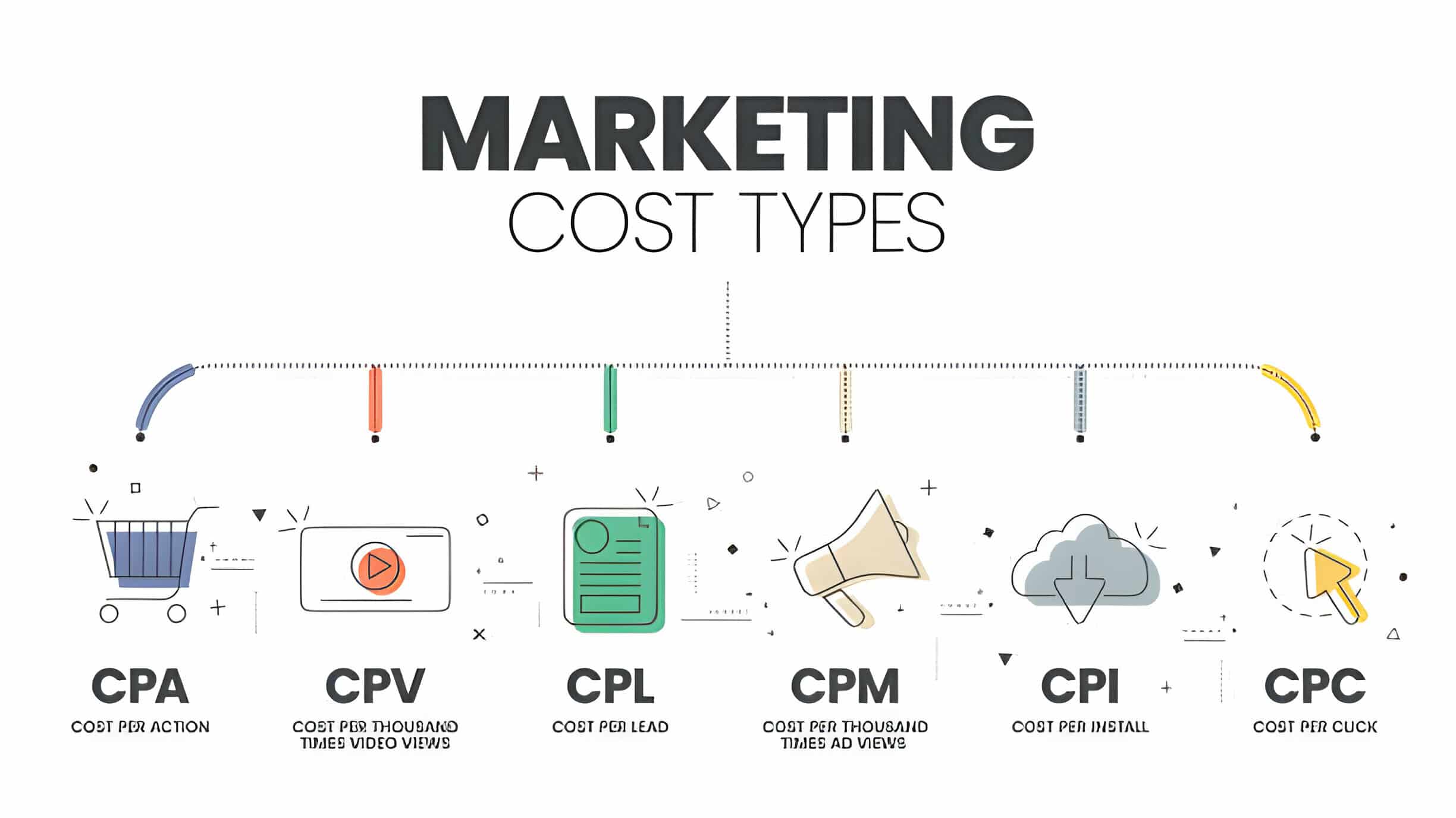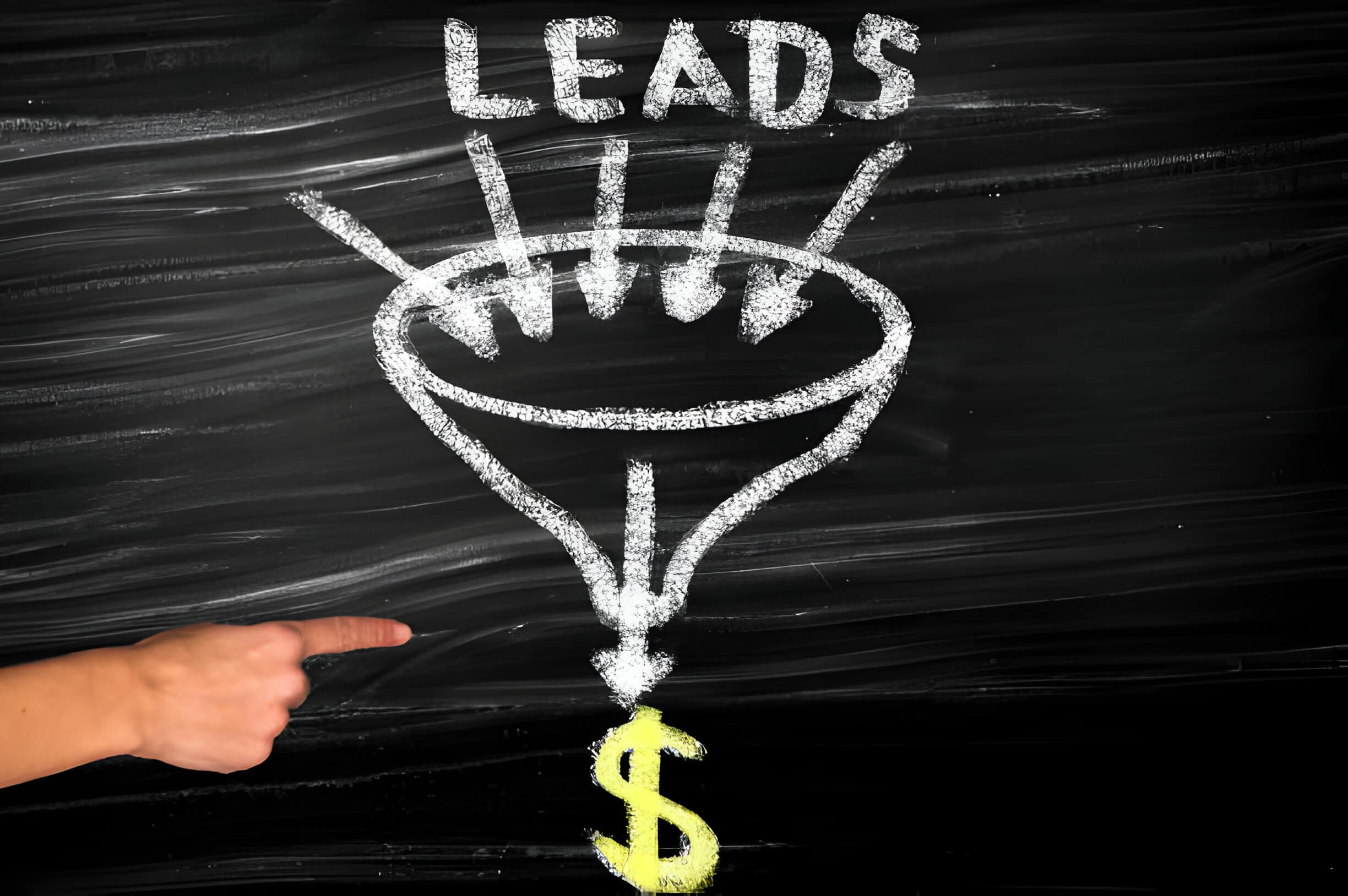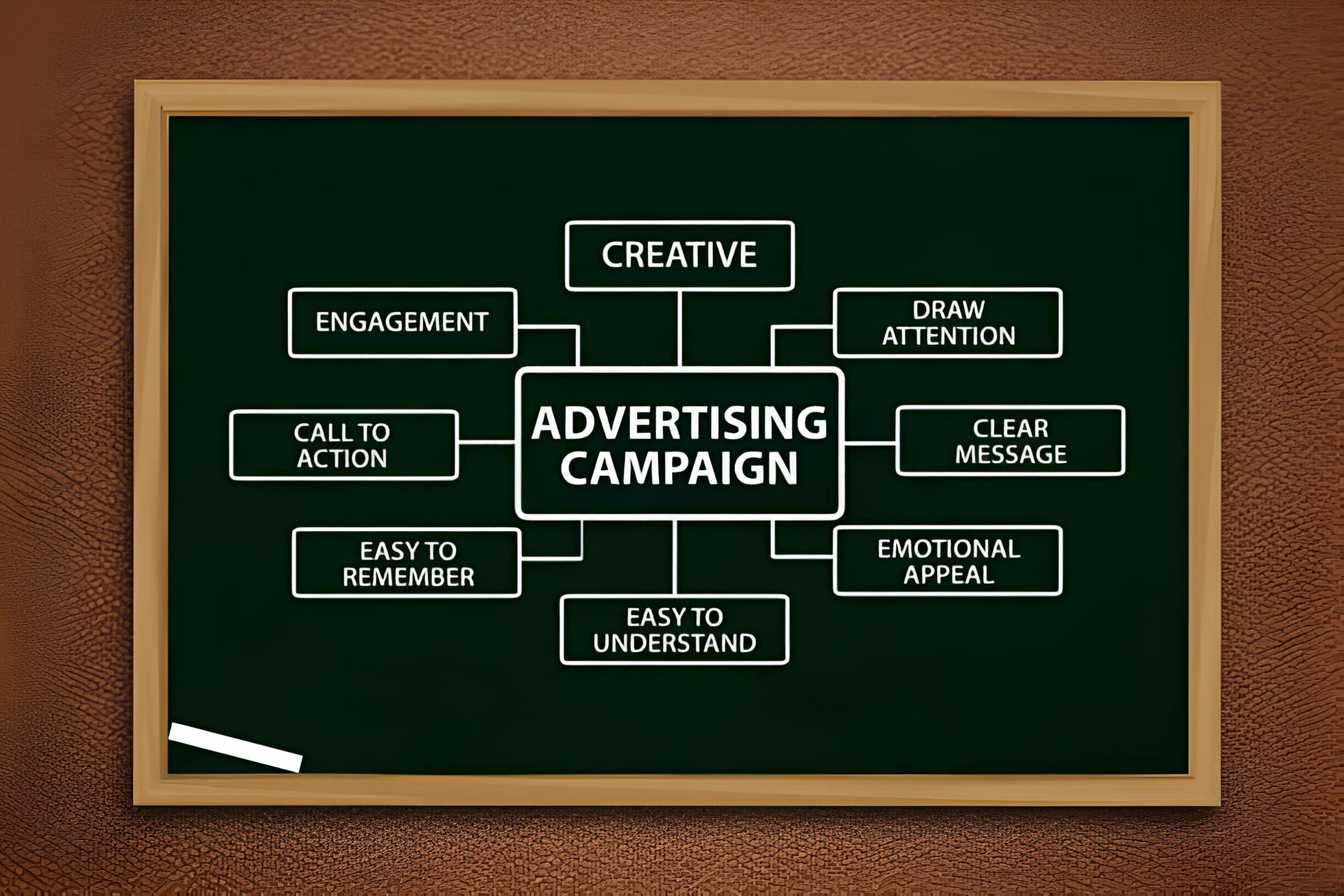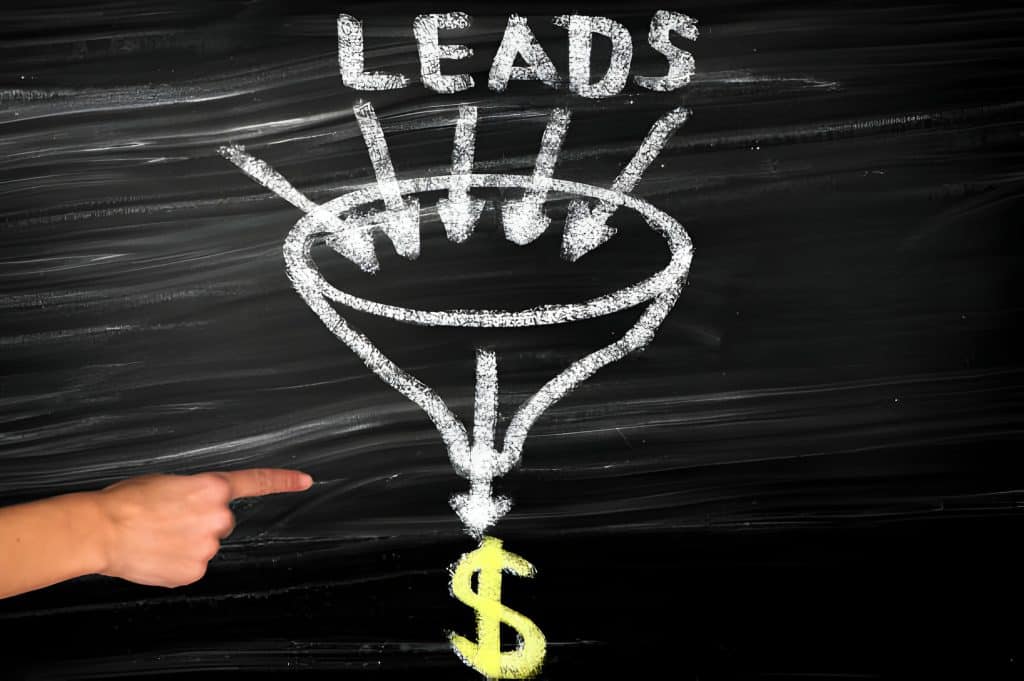What is performance-based marketing and how does it work?
Click here to buy CPM, CPC, and PPC services on 10K+ high-authority websites.
Key takeaways
- Performance-based marketing is a results-oriented digital marketing strategy where advertisers pay after specific outcomes have been achieved by the campaign.
- It has emerged as one of the most sought-after marketing plans as advertisers and businesses shift focus on results and value for money.
- Results refer to measurable accomplishments that are usually set before the marketing campaign begins.
- Read on for details on performance-based marketing channels and performance-based marketing models.
- Learn how different performance-based marketing strategies work and how to select the right strategy for your business or brand.
Performance-based marketing results
Some of the performance-based marketing results/objectives set and paid for by advertisers include;
- Actual ad views
- Engagement – number of comments, likes
- Clicks
- App Installs
- Demo downloads
- Sales made as a direct result of the advert.
- Subscription
- First-time deposits (FTDs)
Also read: Outdoor advertising for business – What are the benefits?

Performance-based marketing and affiliate programs
- Performance-based marketing and affiliate marketing are closely related strategies in digital marketing.
- Affiliate marketing is a digital marketing strategy where businesses hire other companies to bring traffic to their business.
- If you run an authoritative website with high traffic or a social media page with a huge following, you are an ideal person to be considered for an affiliate deal.
- Content creators, web admins, and social publishers have a chance to monetize their sites and blogs through affiliate programs.
- Affiliate marketing may be considered a performance-based marketing strategy since the desired result is traffic and sales lead generation.
- Affiliate marketing can equally bring great results for you as an advertiser, brand, or business.
- Affiliates work extraordinarily well in bringing more visitors and leads to your business which you can convert into sales.

How performance-based marketing works
Performance-based marketing works through a combination of various digital channels and models.
Performance-based marketing channels
You can use the following channels to run performance-based marketing campaigns:
- Websites (through affiliate marketing and native advertising)
- Search Engines eg. Google
- Social Media Networks like Instagram, Facebook, and Twitter (X)
Performance-based marketing models
Performance-based marketing models are selected depending on the desired results from the campaigns.
The performance-based marketing models include:
- Pay Per Click (PPC)
- CPA (Cost per action)
- Cost Per Lead (CPL)
- Revenue sharing

Click here to buy CPM, CPC, and PPC services on 10K+ high-authority websites.
1. Revenue sharing
- Revenue sharing is a marketing arrangement that involves the sharing of profits or losses made among participating businesses.
- Also known as RevShare, this method ensures that every affiliated person/entity is compensated for their contribution and performance.
- If the collective performance brings profit, it is shared among partner businesses using agreed percentages.
- Also known as commission, the profit percentages could fall anywhere between 1% and 80%.
- RevShare percentages differ depending on;
-
- Size of the business
- Volume of sales
- Individual/entity contribution to revenue
-
2. Pay Per Click (PPC) and Cost per Action (CPA)
- CPC refers to cost per click where an advertiser only pays for actual clicks on ads, not just impressions.
- CPA is a core model of performance-based marketing where an advertiser only pays after certain objectives, targets/results are met.
- These results could be a certain number of clicks, subscriptions, sales, registrations, etc.

3. Cost per Lead (CPL)
- Cost Per Lead is an important metric that you can use to measure how effective your campaign is in generating leads.
- Cost per Lead is calculated by taking your total ad spend for a given period and dividing it by the number of leads you got for the same period.
- A lead is an individual or company that has interacted with your business/spoken to and has the potential to become your client.
- Leads usually interact with your business through online ads, outreach messages and emails, organic searches on the internet, etc.
4. CPVC and CPV
- CPVC refers to the cost per completed view and it is a CPM model usually used for videos.
- CPVC is also computed as CPV which is the cost per 1000 views.
- Social media platforms like YouTube, Instagram, and Facebook run video adverts based on this model.
- An advertiser can select timeframes to pay per view, for example, 5 seconds.
- The timeframes are used to determine a complete viewing milestone which is then paid for.
CPM, CPA, and CPC campaigns. Which is better?
CPA and CPC are increasingly becoming favored over CPM because they focus on results.
Click here to buy CPM, CPC, and PPC services on 10K+ high-authority websites.
Performance-based marketing benefits
- It is easy to track the effectiveness of your model since it is pegged on results.
- As an advertiser, brand, or business, you get to pay for your set and achieved goals.
- Having affiliates and other performance-based marketing partners on board adds more creativity to the business.
- Your business will have a pool of different ideas from the partners to increase revenue and profits.
- Affiliates work extraordinarily well in bringing more visitors and leads to your business which you can convert into sales.
- The performance-based partnership model, therefore, helps you diversify your revenue streams.
- This reduces over-reliance on the same methods which could become ineffective in the long run.
- The data that comes from performance-based marketing campaigns can provide insights into the areas you can target and improve on as a business.
- To sum it up, you stand to gain immensely from the low-risk and transparent nature of the business.

Getting started on performance-based marketing (how to do performance-based marketing)
Performance-based marketing is a simple-to-execute strategy that can create awareness and generate leads that can converted into sales.
A successful performance-based marketing strategy follows these steps:
1. Identify your performance-based marketing goals
- The goals/objectives should clearly show what you want to achieve from the campaign.
- As mentioned above, your goals may be:
-
- Creating awareness about your business or brand
- Generating engagement with your customers and potential customers
- Bringing in more traffic to your website
- Boosting search engine ranking
- Generating more leads and sales
-
- Having a clear objective enables you to select the most appropriate performance-based marketing model for your business.

2. Choosing the right performance-based marketing channel
- As mentioned earlier, performance-based marketing uses digital channels such as:
-
- Websites (through affiliate marketing and native advertising)
- Search Engines eg. Google
- Social Media Networks like Instagram, Facebook, and Twitter (X)
-
- It is important to use a marketing channel that aligns with your performance-based marketing goal.
- You should, however, consider using different channels. Relying on a single channel gives your business some benefits and denies them the others.
- Using search engine marketing alone, for instance, denies you engagement which you can easily get by combining with social media marketing.
- Using the right channels and platforms puts your business ahead of the competition.
3. Design and roll out the campaign
- Identify your target audience. This includes understanding the likely persona of your customers and what online platforms they frequent.
- Design ads that stand out; with a clear message and call to action, as well as visually appealing.
- Create good landing pages that are easy to navigate, with value-based call to action, and mobile-friendly. This helps to get as many users on board as possible.
- Ensure your web banners mirror the tone and feel of your websites and landing pages.
- Launch your campaign.

4. Measure and improve your performance-based marketing campaign
- Test your ads through the A/B testing method.
- A/B testing helps you identify, improve, and serve the most effective ads to your target audience.
- Remember to keep track of key metrics depending on your set objectives.
- Closely monitor traffic, clicks, subscriptions, and App downloads, among other metrics to gauge performance.
Performance-based marketing cons (performance-based marketing disadvantages)
While performance-based marketing has overwhelming advantages, there are also downsides to it.
The following are the disadvantages of performance-based marketing:
- Most performance-based marketing benefits such as getting more traffic, clicks, and subscriptions are short-term.
- Paying extra attention to short-term targets may lead to you missing out on your business’s long-term goals.
- Fake clicks, views, and cooked engagement numbers have also become a menace in the digital marketing space.
- Performance-based marketing has a higher risk of fraudulent activity because it stresses results and high numbers.
- These campaigns can sometimes backfire due to delayed results or total failure to hit the targets.
- Delayed results can interfere with and block other aspects of your digital marketing plan.
Also read: What is CPM in advertising and how does it work?

Conclusion
Conclusively, performance-based marketing is a promotional strategy that gives you the rare opportunity to monitor everything covered by your advertising budget.
From awareness, engagement, and lead conversion, you can keep track of results and know which areas to target.
Though low-risk and transparent, performance-based marketing has associated risks.
Fraud in performance-based marketing is a challenge that businesses should guard against.
Paying for inflated numbers, clicks, and views will eventually run down your plans and potentially cost your business.
Click here to buy CPM, CPC, and PPC services on 10K+ high-authority websites.



